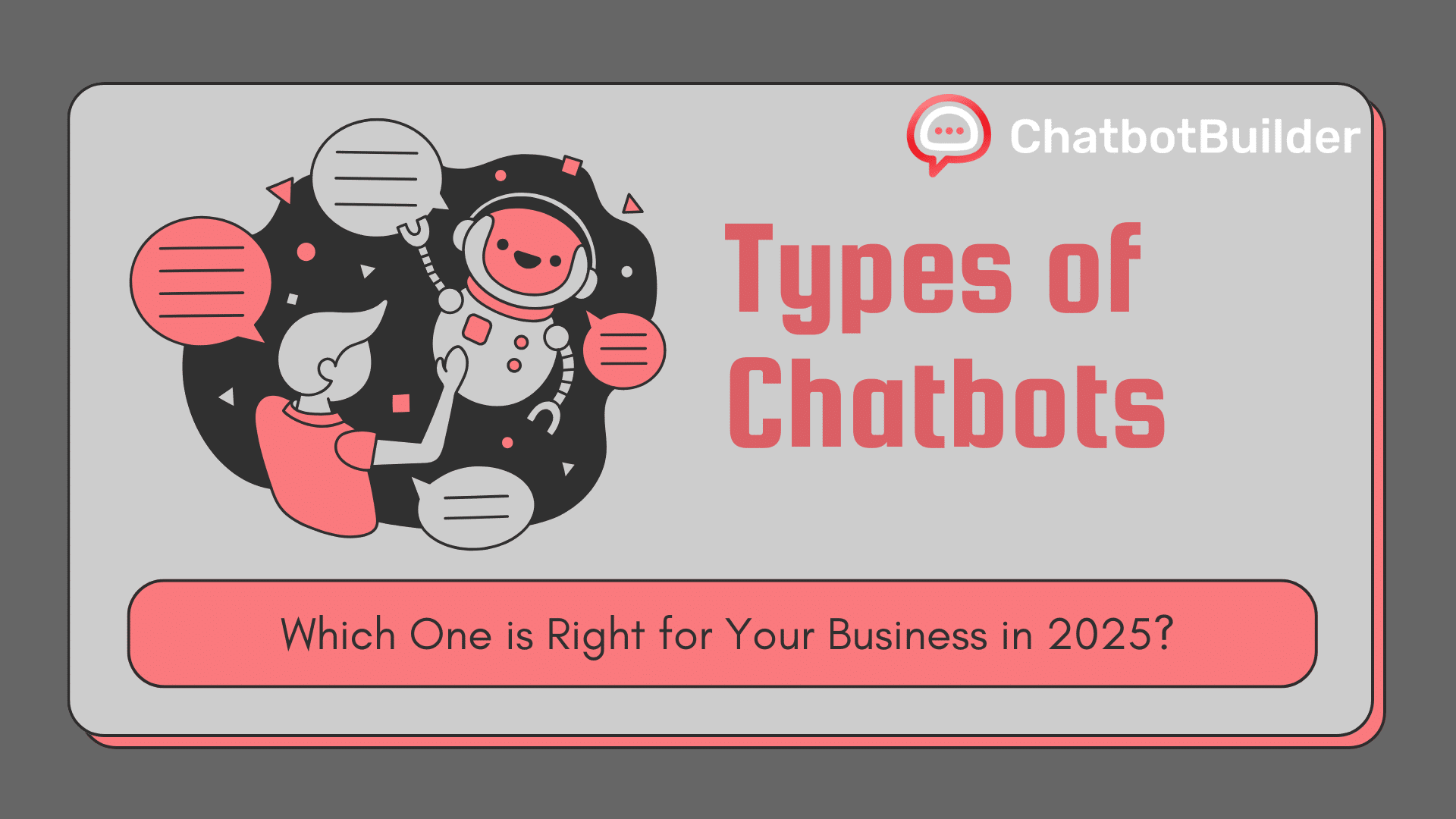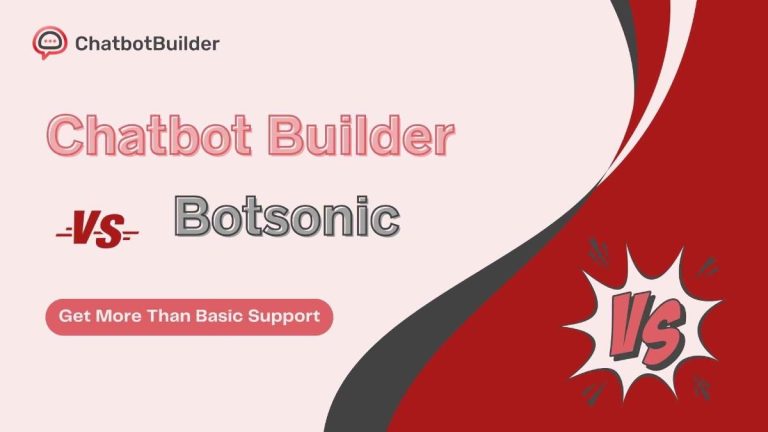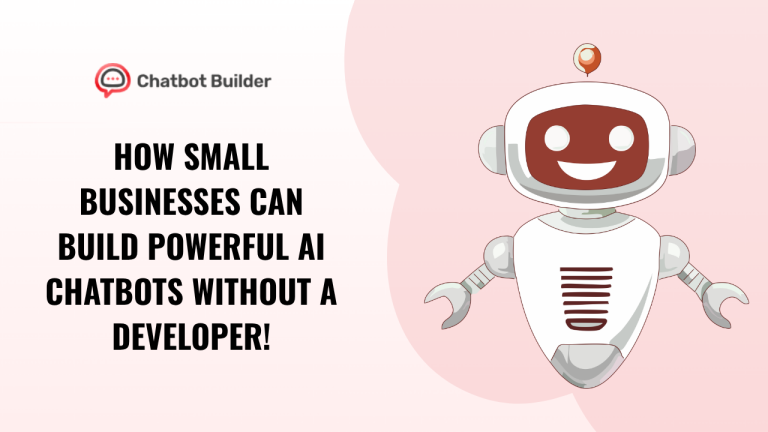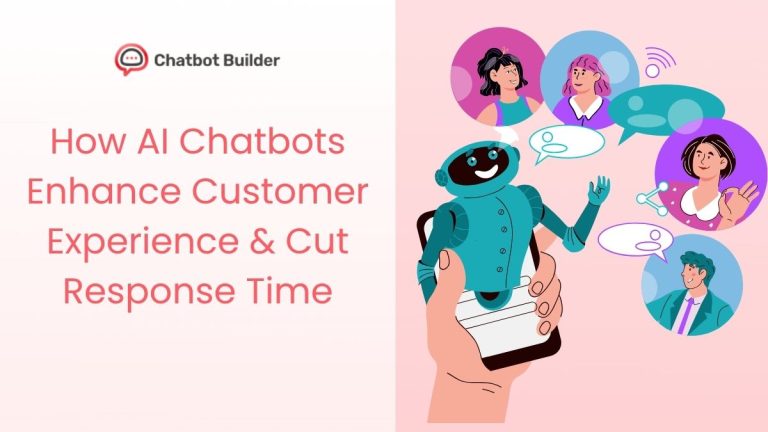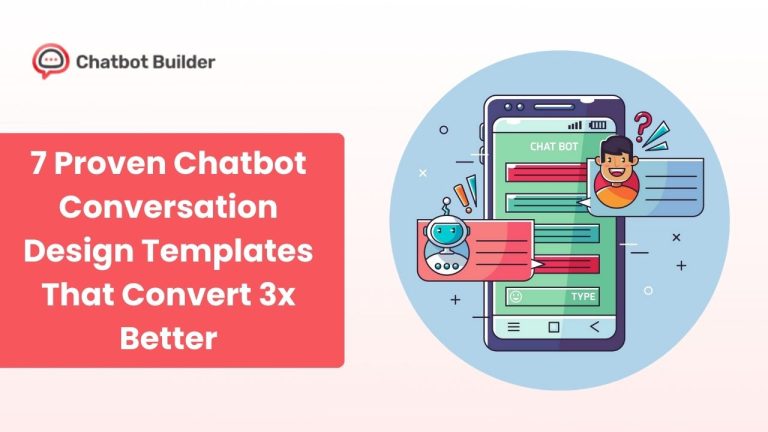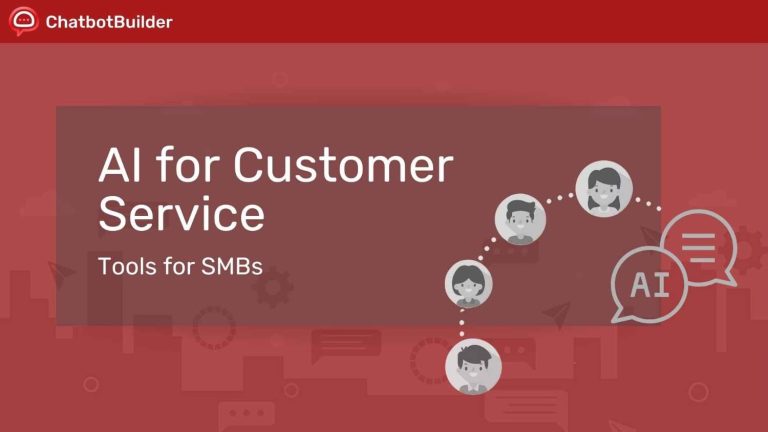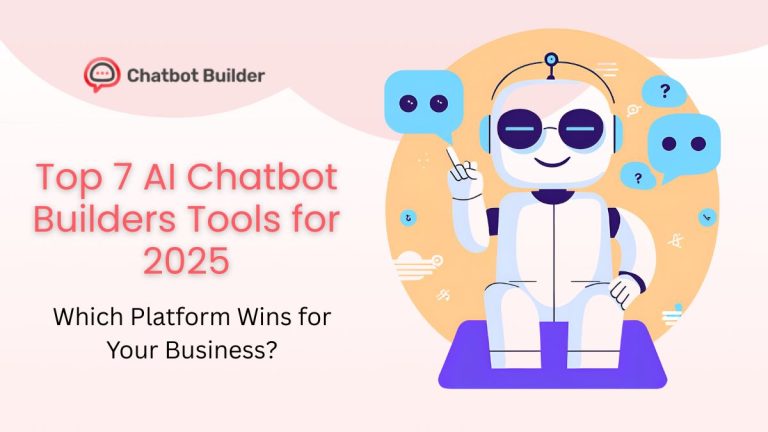Your business needs the RIGHT bot, not the newest one. The types of chatbots you pick today will either save your team hundreds of hours or create more work than doing nothing. I’m going to show you exactly how to avoid the mistakes I made and pick what actually works for your situation.
The different types of chatbots out there range from dead-simple button clickers to AI systems that feel almost human. Some cost nothing to start. Others require a second mortgage. Here’s what matters:
What Are the Main Types of Chatbots?
Three main types of chatbots dominate the market right now. Each one solves different problems. Mixing them up costs businesses thousands in wasted development time.
Rule-Based Chatbots
Think of rule-based chatbots like a flowchart that talks. Customer picks option A, bot shows response B. No surprises, no confusion. Among all types of chatbots, these are the most predictable, which is either their biggest strength or fatal weakness, depending on what you need.
I built my first one in an afternoon using a free quiz maker tool. It handled 80% of our support questions immediately. The other 20%? Total disaster. But that 80% saved my team 15 hours a week, so we fixed the rest later.
AI-Powered Chatbots
AI-powered chatbots understand language the way humans do. These types of chatbots learn from every conversation, getting smarter over time.
Here’s what nobody tells you: they need months of training data to work well. Launch one tomorrow, and it’ll sound like a confused intern for at least 90 days.
Hybrid Chatbots
Hybrid chatbots mix structure with flexibility. They follow rules when possible, switch to AI when needed. Most businesses actually need these types of chatbots, not the pure versions. You get reliability for common stuff, intelligence for weird edge cases.
My current setup uses this approach. Known questions hit the rule engine. Anything unusual gets processed by AI.
10 Types of Chatbots You Should Know About
Forget the academic definitions. Here are the types of chatbots people actually use, with the real pros and cons I’ve discovered through expensive trial and error.
1. Menu-Based Chatbots
The McDonald’s drive-through of chatbots. Users click buttons. Bot responds. No typing, no confusion, no AI magic. Among all types of chatbots, these are foolproof and boring, which is exactly what some businesses need.
My dentist uses one. It asks three questions (new patient? need appointment? insurance question?) and solves 90% of inquiries. Took them two days to build, costs $30 monthly, and works perfectly. Sometimes, simple wins.
2. Keyword Recognition Chatbots
These types of chatbots scan your message for trigger words. Type “refund” anywhere in your sentence, and boom, the refund policy appears. They’re smarter than menu bots but dumber than AI.
The trick is picking good keywords. I watched a company use “cancel” as a trigger, then realized customers said “I can’t cancel” when they had problems. The bot kept showing cancellation instructions to people who couldn’t figure out how to cancel.
3. Conversational AI Chatbots
The Ferraris of the chatbot world. These types of chatbots understand context, remember previous messages, and handle curveball questions. They’re also expensive, temperamental, and need constant feeding of training data.
A SaaS company I advise spent six months building one. Was it worth the investment? For them, yes. For most businesses starting out? Probably not.
4. Voice-Activated Chatbots
Talk instead of typing. These types of chatbots live in your car, on your phone, or in that speaker on your counter. The technology still screws up with accents and background noise, but it’s gotten way better than five years ago.
One restaurant chain I worked with added voice ordering to their app. Customers loved it until they tried using it in noisy cars. Turns out, typing works better when three kids are screaming in the backseat.
5. Transactional Chatbots
Built for getting stuff done. Book appointments, process orders, and update accounts. These types of chatbots need deep integration with your backend systems, which means developer time and testing. Lots of testing.
My favorite example handles prescription refills. Patients text their pharmacy, the bot confirms details, processes the refill, and sends confirmation. Takes 45 seconds total. The old way? Five-minute phone call during business hours. That’s a proper use case.
6. Social Messaging Chatbots
Facebook Messenger, WhatsApp, Instagram DMs. These types of chatbots meet customers on platforms they already use daily. Smart move, except you’re building on someone else’s property with their rules.
Instagram changed its API last year and broke 10,000+ chatbots overnight. Businesses had zero warning. That’s the risk you take. The reward? Your customers are already there, logged in, ready to chat.
7. Lead Generation Chatbots
Replace your boring contact form with a conversation. These types of chatbots ask questions, qualify prospects, and collect information without feeling like a web form from 2005. When done right, they double your conversion rates.
Test your questions first. Use free survey tools to see which questions people actually answer. Then automate the winners.
8. Customer Support Chatbots
The most common types of chatbots in existence. Answer FAQs, deflect tickets, free up your human team for problems that actually need human brains. A good support bot pays for itself in three months through reduced support costs.
Start with your top 10 support questions. Just 10. Build those flows perfectly. Then add more. I’ve seen companies try to automate 100 questions on day one and end up with 100 mediocre answers instead of 10 great ones.
9. Website Chatbots
These types of chatbots greet visitors, answer questions, and guide people through your site.
The key is timing. Pop up immediately, and you’re annoying. Wait too long, and the visitor has already bounced. I’ve found 15-20 seconds on the page, or when someone hits the pricing page, works best. Test your own numbers.
10. Internal Company Chatbots
Your employees waste hours finding information buried in wikis, Slack channels, and shared drives. Internal types of chatbots solve this by becoming a central knowledge hub. HR loves them because they stop being the bottleneck for every policy question.
One company I know built an internal bot that answers benefits questions, vacation policies, and expense procedures. Took two weeks to build using online forms and free templates. Saved HR about 20 hours weekly. That’s 1,000+ hours annually to do actual strategic work.
Build Your Perfect Chatbot with ChatbotBuilder.net
After wasting money on four different platforms, I finally found ChatbotBuilder.net. Here’s why it works better than the alternatives I tried: you can start stupid-simple and add complexity as you learn what your customers actually need. No forced commitment to AI, you don’t need it yet.
What Makes ChatbotBuilder.net Different
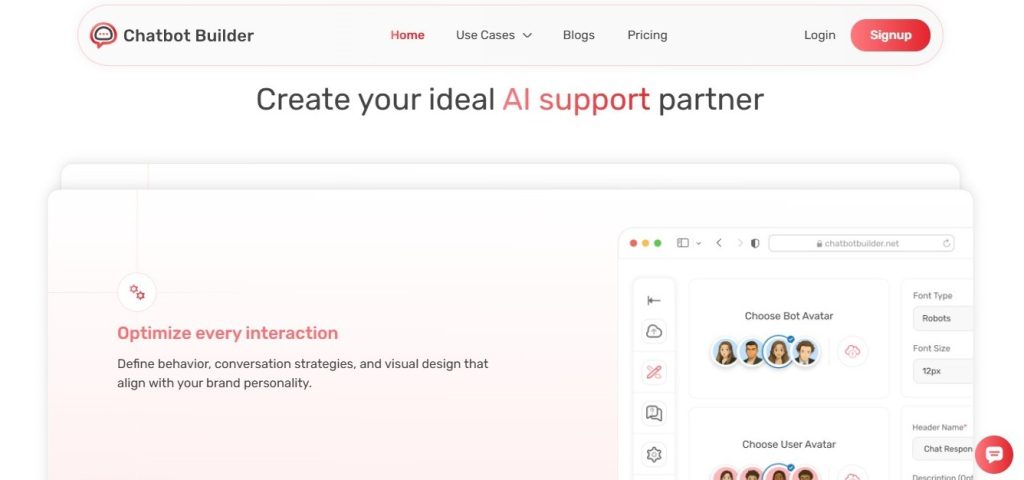
Most platforms make you choose your path upfront: AI or rules, simple or complex. ChatbotBuilder.net lets you start with basic button flows on Monday, add some keyword recognition on Tuesday, and throw in AI responses by Friday if you want. The visual builder actually makes sense, too, unlike the confusing mess I dealt with on other platforms. You’re dragging conversation paths around, not writing code or dealing with complicated logic trees that require a computer science degree.
Key Features:
- Drag-and-drop builder that doesn’t require three YouTube tutorials to understand
- Ready-made templates for sales for all major types of chatbots (just clone and customize)
- Connects to your actual business tools without needing Zapier for everything
- Deploy everywhere: website widget, Facebook Messenger, WhatsApp
- Add AI understanding when you’re ready (not forced on day one)
- See exactly where conversations fail with visual analytics
- Test different versions against each other to find what converts better
- Includes online quiz maker functionality for interactive lead capture
- Built-in survey tools offer free features for feedback collection
- Free form builder templates that actually look professional
Pros:
- My mom could build a basic bot (she’s not technical at all)
- Free plan actually works, not a fake trial that forces upgrades
- New templates drop monthly, covering different types of chatbots
- Support responds in hours, not days
- Zero coding for 90% of use cases
- Can handle complex logic when you grow into it
- Works across all the major types of chatbots you’ll need
Cons:
- Advanced AI stuff requires jumping to paid tiers
- Complex conversation flows take time to map out properly
- A few integrations still need Zapier connections
- Voice capabilities aren’t as robust as dedicated voice platforms
- Takes a few hours to learn the interface well
What It Costs:
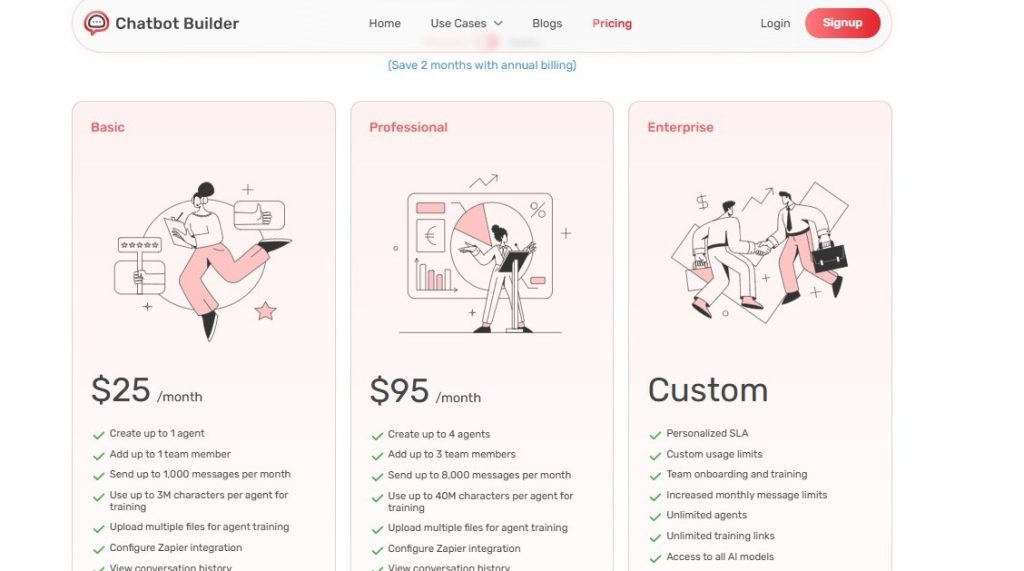
- Basic Plan: $25 monthly for standard chatbot templates and core functionality
- Professional Plan: $95 monthly with advanced templates and detailed reporting
- Enterprise Plan: Custom pricing for businesses running multiple chatbot templates
5 Real-World Applications That Actually Work
Stop reading case studies from Fortune 500 companies. Here’s how regular businesses use different types of chatbots to solve actual problems and make more money.
E-commerce: Fixing the Shopping Cart Problem
An online clothing store I advised was losing $40,000 monthly to abandoned carts. We added a hybrid bot that triggers when someone sits on the checkout page longer than 30 seconds. The bot asks one simple question: “Need help with anything?”
Turns out, 60% of people didn’t know the return policy. Another 25% had shipping cost questions. We programmed those two answers into the bot. Cart recovery jumped 18% within the first week. That’s $7,200 monthly recovered revenue from a bot that cost $200 to build.
The secret? We used an online survey free tool first, actually asking people why they abandoned carts. Then we automated answers to the top issues. Most businesses skip the research and automate their assumptions instead.
SaaS: Stopping Time-Wasters From Reaching Sales
A project management software company was drowning in demo requests from unqualified leads. Their sales team spent 40% of its time talking to students, tire-kickers, and people who’d never buy.
They replaced their demo form with a conversational bot. Instead of “submit and we’ll call you,” the bot asks qualifying questions in natural language. Budget range? Team size? Current solution? Decision timeline?
Only qualified prospects get calendared for demos. Everyone else gets educational resources or is directed to the free trial.
Healthcare: Never Miss Another Appointment
Patients can book appointments at 2 AM from their phone. No calling during office hours, no getting stuck on hold, no playing phone tag. The bot sends reminders 48 hours out, 24 hours out, and 2 hours before appointments.
No-shows dropped 35%. Front desk call volume decreased 60%. That freed up staff to handle in-person patients better instead of living on the phone. They built the flow using free SurveyMonkey logic, mapping every possible appointment scenario on paper first, then automating it.
Education: Answering the Same Questions 10,000 Times
An online university was buried in repetitive student questions. When’s the add/drop deadline? How do I get my transcript? Why was my payment declined? The same 30 questions over and over, answered by advisors making $25/hour.
They created an internal bot with answers to those 30 questions. Students ask in their own words; the bot understands variations and responds instantly. It handles 10,000+ monthly queries now. Only 8% get escalated to humans for complex issues.
The school used to build online form templates to structure how they collected information about each issue type. Then they turned those forms into conversational flows. Advisors went from answering repetitive questions to actually advising students on their academic plans.
Real Estate: Responding While Competition Sleeps
A property management company managing 500+ rental units was losing leads to faster competitors. Someone inquires about an apartment at 9 PM, competitors respond the next morning at 9 AM, and the lead is already gone.
They built a lead generation bot that qualifies rental inquiries instantly. Budget? Move-in date? Location preferences? Pet situation? The bot asks everything, then automatically schedules viewings during available slots or flags urgent leads for immediate human follow-up.
Response time dropped from 6 hours to 90 seconds. Qualified lead volume tripled because they’re capturing people the moment they start searching, not 12 hours later. The secret weapon? They combined a free online survey tool logic for qualification with calendar integration for scheduling. Two existing tools connected by one smart bot.
Making Your Decision: Which Types of Chatbots Fit Your Business?
Stop asking “what’s the best chatbot?” Ask “What’s the best chatbot for MY specific situation?” Here’s my three-question framework that’s saved clients from wasting thousands.
What problem are you actually solving? Get specific. “Better customer service” is too vague. “Reduce response time for order status questions from 4 hours to 5 minutes” is specific. Different types of chatbots solve different specific problems. Lead generation needs qualification flows. Support needs deflection logic. Sales needs conversation, not interrogation.
Who’s maintaining this thing? Be brutally honest about your team’s skills. Nobody on staff knows APIs or webhooks? AI-powered types of chatbots requiring constant training and integration work will become digital paperweights. Rule-based types of chatbots your marketing person can manage make way more sense.
What can you actually afford? Not just upfront cost. Monthly fees, integration work, training time, maintenance hours. You can start with free form builder tools and simple types of chatbots under $100 monthly. AI-powered types of chatbots with custom training eat $500-5,000+ every month. Pick based on current revenue, not hockey stick projections that might not happen.
Most businesses succeed with hybrid types of chatbots. Structure for known problems, AI backup for weird situations. You’re not locked into one approach forever. Start simple, prove it works, then add capability based on real usage data instead of assumptions.
Start Small, Scale Smart
The biggest disaster I see with types of chatbots? Companies are trying to automate everything on launch day. They built 50 conversation flows, none of them work well, users get frustrated, bot gets disabled within a month.
Do this instead: pick your 10 most-asked questions. Build those flows perfectly. Test until they work flawlessly. Then add number 11. Boring? Yes. Effective? Absolutely.
Use online forms and free tools to survey customers about what they want help with. Their answers will shock you. What you think they need rarely matches what they actually want. I thought my customers wanted product comparison help. They actually wanted shipping cost calculators. Would’ve automated the wrong thing if I hadn’t asked first.
Don’t feel locked into one type. Maybe product questions work better with a menu-based bot, while sizing questions need AI understanding. You can deploy different types of chatbots for different purposes. They don’t all have to match.
The types of chatbots you build today aren’t permanent decisions. Technology changes fast. Your business changes. Customer expectations shift constantly. Build with flexibility. That’s why platforms like ChatbotBuilder.net work well: they let you start simple and add complexity as you learn what actually works for your specific customers.
Conclusion
The best types of chatbots for your business depend on your actual situation, not blog posts telling you what’s trending. Rule-based types of chatbots work great when you need predictability and control. AI-powered types of chatbots shine for handling varied, unpredictable customer conversations. Hybrid types of chatbots give you both benefits without forcing a choice.
Start by writing down your customer’s top 20 questions and biggest frustrations. Pick types of chatbots that solve those specific issues. Use free questionnaire maker platforms to validate what customers actually need help with before automating anything.
The types of chatbots landscape changes monthly, but core principles stay solid: meet customers where they hang out, solve real problems they actually have, and make getting help easier than any alternative. Pick your starting point based on data, measure actual results, and adjust based on real usage patterns instead of gut feelings.
Your perfect chatbot looks different than mine. That’s fine. The goal isn’t building the fanciest bot in your industry. Build the one that helps your specific business grow. Whether you pick simple menu-based types of chatbots or sophisticated AI assistants, focus on solving problems for real customers spending real money.
Test different approaches using free surveys and create a survey for free tools before spending serious money. Let data tell you which types of chatbots your customers respond to best. Then commit resources to what actually works instead of what sounds cool.
Frequently Asked Questions
Begin by determining your main purpose (deflection of support, qualification of sales, or lead capture), realistically evaluating the technical ability of your team, and developing a sensible monthly budget. Most companies are best served by beginning with hybrid kinds, providing flexibility for expansion.
Not necessarily. Rule-based chatbots can outperform AI in simple, predictable customer interactions. AI chatbots perform better with complex conversations that need context and sensitivity. Your specific application is the key to making the correct decision.
Yes. Visual builders and templates are available on tools such as ChatbotBuilder.net, which allow you to create different types of chatbots without needing to program. You can begin with a simple button flow and scale up as your skills improve.
Small businesses usually thrive by beginning with hybrid or rule-based chatbots aimed at their most frequent customer inquiries. These provide good returns without involving significant budgets or technical staff to support.
Basic rule-based chatbots launch in days based on templates. Chatbots with custom-trained AI usually take 4-12 weeks. Begin small with the minimum core functionality working flawlessly, and then build upon that based on real outcomes and customer input.







